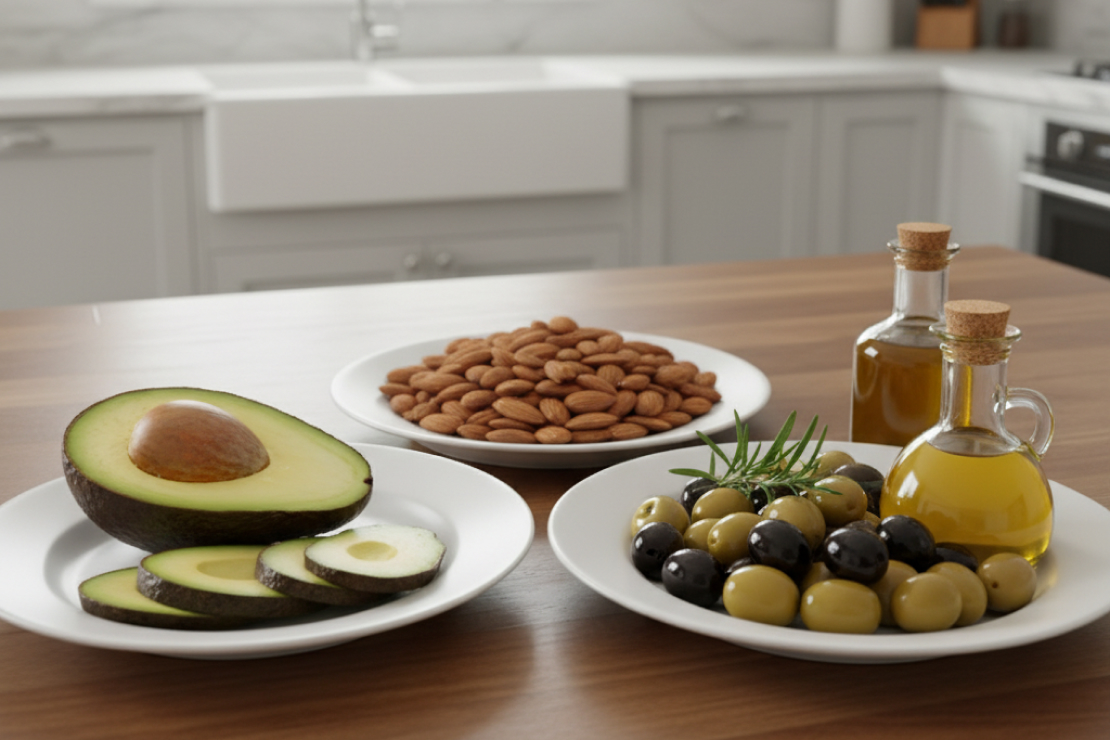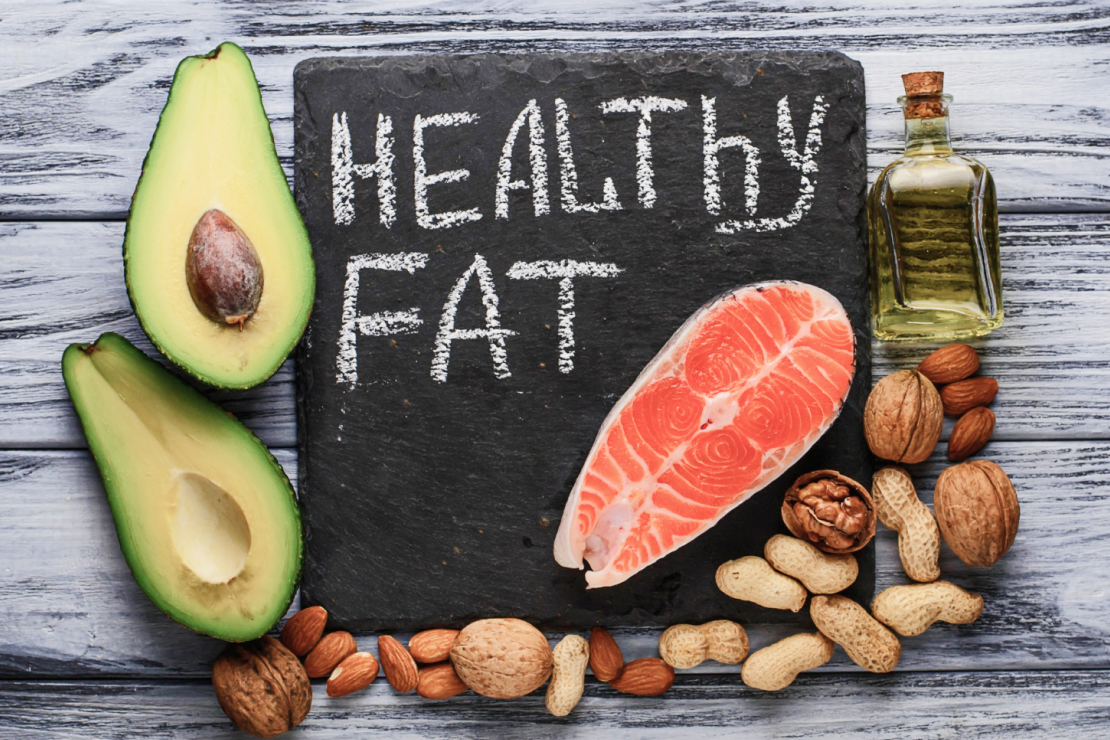The Healthiest Fat for Your Frying Pan : Olive Oil vs. Coconut Oil vs. Avocado Oil
Choosing the right cooking oil can significantly impact your health and the success of your dishes. This article compares olive oil, coconut oil, and avocado oil, examining their nutritional profiles, smoke points, and culinary uses to help you make the best choice for your cooking needs and macro goals.

Table of Content
Introduction
In the culinary world, the choice of cooking oil is more than just a matter of taste; it's a critical decision that impacts both the flavor of your food and your overall health. With a myriad of options lining grocery store shelves, selecting the "healthiest" fat for your frying pan can be daunting. Today, we're putting three popular contenders head-to-head: Olive Oil, Coconut Oil, and Avocado Oil. Each boasts unique properties and health claims, but which one truly stands out for your cooking needs and nutritional goals?
This comprehensive guide will delve into the nutritional profiles, smoke points, flavor characteristics, and best culinary uses of these three powerhouse oils. Whether you're a seasoned chef or a home cook looking to optimize your diet, understanding these differences is key to making informed choices. And for those meticulously tracking their intake, our Macro Tracking AI app can help you seamlessly integrate these healthy fats into your personalized macro goals, ensuring you stay on track with your weight loss or healthy eating journey.
Comparison Overview
| Nutrient (per 1 tbsp) | Olive Oil | Coconut Oil | Avocado Oil |
|---|---|---|---|
| Calories | ~120 kcal | ~120 kcal | ~124 kcal |
| Total Fat | ~14g | ~14g | ~14g |
| Saturated Fat | ~2g | ~12g | ~1.6g |
| Monounsaturated Fat | ~10g | ~1g | ~10g |
| Polyunsaturated Fat | ~1.5g | ~0.5g | ~2g |
| Smoke Point (Refined) | ~400-470°F (204-243°C) | ~400°F (204°C) | ~520°F (271°C) |
| Smoke Point (Unrefined) | ~350-410°F (177-210°C) | ~350°F (177°C) | ~375°F (190°C) |
Evaluation Criteria
- Nutritional Profile: Fatty acid composition and health benefits
- Smoke Point: Suitability for various cooking temperatures
- Flavor Profile: Impact on the taste of food
- Cooking Versatility: Best uses in the kitchen
- Cost-Effectiveness: Price and accessibility
Olive Oil: The Mediterranean Staple
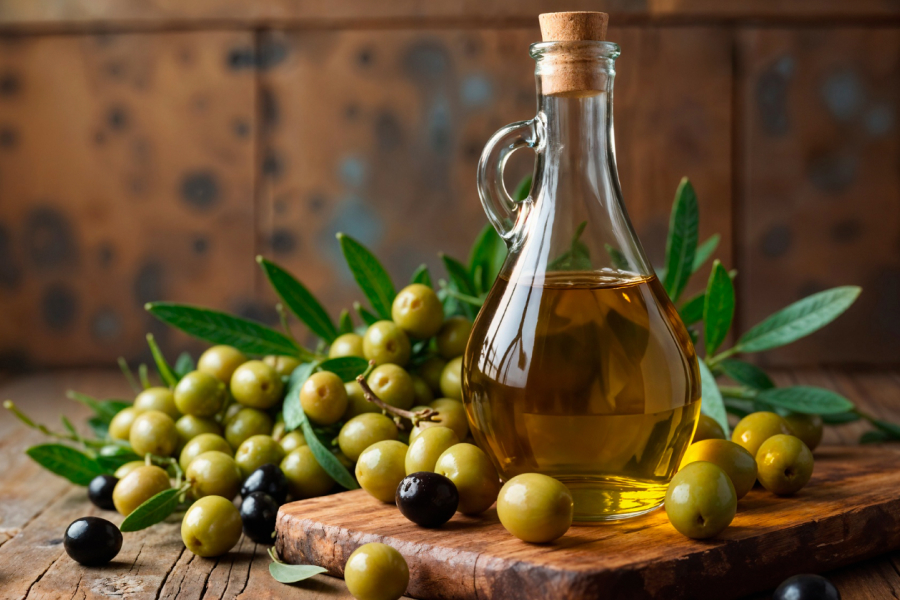
Overview
Olive oil, especially extra virgin olive oil (EVOO), is a cornerstone of the Mediterranean diet, celebrated for its robust flavor and impressive health benefits. It's extracted from olives and is renowned for its high content of monounsaturated fatty acids (MUFAs).
Key Features
- Rich in monounsaturated fats (oleic acid)
- Contains antioxidants and anti-inflammatory compounds
- Distinctive fruity, peppery, or bitter flavor
- Available in various grades (Extra Virgin, Virgin, Pure, Light)
| Pros | Cons |
|---|---|
|
|
Use Cases
Dressings and Finishing
EVOO's rich flavor makes it perfect for drizzling over salads, soups, and finished dishes.
- Use high-quality EVOO for raw applications
- Pair with balsamic vinegar or lemon juice
- Experiment with different flavor profiles (e.g., robust vs. mild)
Sautéing and Roasting (Medium Heat)
Regular olive oil can be used for sautéing vegetables or roasting meats at moderate temperatures.
- Monitor heat to avoid exceeding smoke point
- Combine with herbs and spices for enhanced flavor
- Use a refined olive oil for slightly higher heat applications
Marinades
Its flavor profile makes it an excellent base for marinades, infusing food with taste and tenderness.
- Combine with acids like lemon juice or vinegar
- Add fresh herbs and garlic
- Marinate for at least 30 minutes, or overnight for deeper flavor
Verdict
Olive oil is a heart-healthy choice, best for imparting flavor and for cooking at lower to medium temperatures. Its versatility makes it a kitchen essential.
Coconut Oil: The Tropical Twist
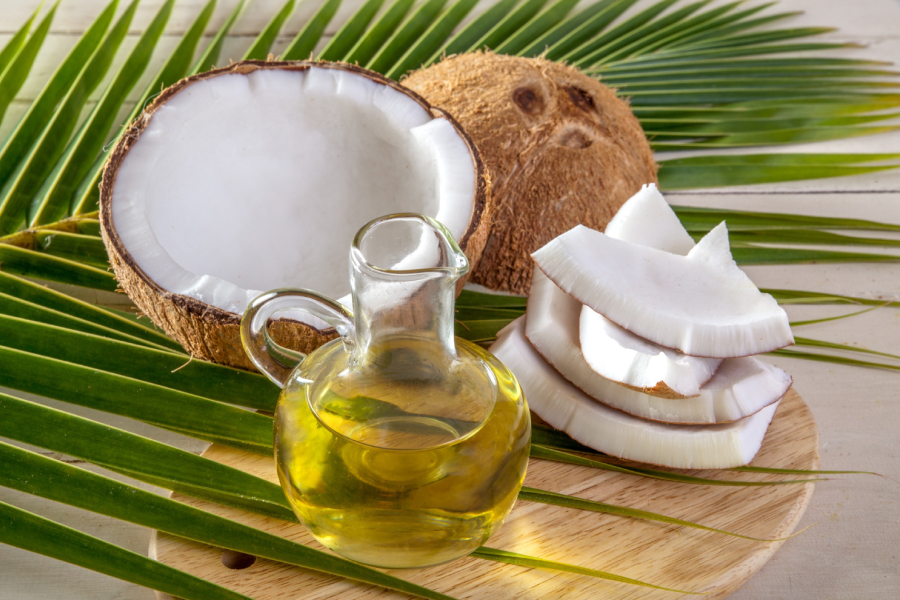
Overview
Coconut oil, derived from the meat of coconuts, has gained popularity for its unique fatty acid composition, primarily medium-chain triglycerides (MCTs). It's solid at room temperature and imparts a distinct tropical flavor.
Key Features
- High in saturated fat, primarily MCTs (lauric acid)
- Solid at room temperature, melts when heated
- Distinct coconut flavor (virgin) or neutral (refined)
- Believed to boost metabolism and energy expenditure
| Pros | Cons |
|---|---|
|
|
Use Cases
Baking and Vegan Cooking
Its solid consistency makes it an ideal butter substitute in baking, especially for plant-based recipes.
- Use refined coconut oil for neutral flavor
- Melt before incorporating into wet ingredients
- Great for making pie crusts and cookies
Stir-Frying and Sautéing (Medium Heat)
Refined coconut oil can handle medium heat, making it suitable for stir-fries and sautéing vegetables.
- Use refined for higher smoke point
- Pair with Asian-inspired flavors
- Add a small amount to enhance richness
Smoothies and Coffee
MCTs in coconut oil are popular for adding to beverages for an energy boost and creamy texture.
- Blend well to avoid oil separation
- Start with a small amount and increase gradually
- Can help with satiety and focus
Verdict
Coconut oil offers unique flavor and baking properties, but its high saturated fat content means it should be used judiciously, especially for those monitoring heart health.
Avocado Oil: The High-Heat Hero
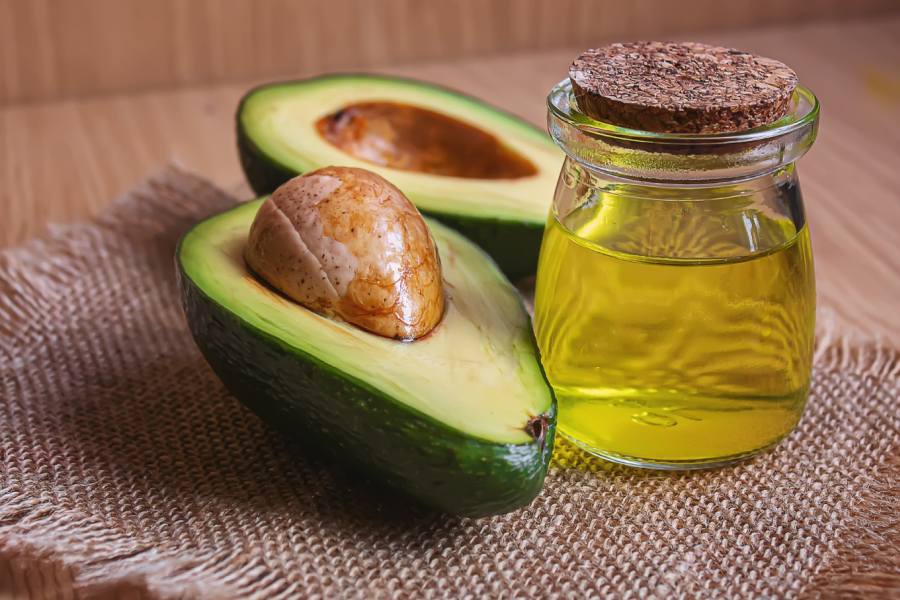
Overview
Avocado oil, extracted from the pulp of avocados, is celebrated for its exceptionally high smoke point and mild, buttery flavor. It shares a similar fatty acid profile with olive oil, being rich in monounsaturated fats.
Key Features
- Very high smoke point (especially refined: ~520°F)
- Rich in monounsaturated fats and Vitamin E
- Mild, neutral, or slightly buttery flavor
- Versatile for almost all cooking methods
| Pros | Cons |
|---|---|
|
|
Use Cases
High-Heat Frying and Searing
Its high smoke point makes it the top choice for deep-frying, pan-searing meats, and stir-frying at high temperatures.
- Use refined avocado oil for maximum heat tolerance
- Ensure oil is hot before adding food for best results
- Great for achieving a crispy texture
Roasting Vegetables
Avocado oil helps vegetables achieve a beautiful caramelization without burning, thanks to its stability.
- Toss vegetables evenly with oil before roasting
- Season well with salt, pepper, and herbs
- Use a high oven temperature for crispiness
Mayonnaise and Dressings
Its neutral flavor and emulsifying properties make it excellent for homemade mayonnaise and salad dressings.
- Combine with egg yolks, mustard, and acid for mayo
- Whisk vigorously or use an immersion blender
- Can be used as a base for creamy dressings
Verdict
Avocado oil is the most versatile for high-heat cooking due to its impressive smoke point and neutral flavor, making it a healthy and practical choice for almost any culinary task.
Summary
Choosing Your Champion Oil
The "best" oil ultimately depends on your cooking method and desired outcome. For high-heat applications, refined avocado oil is unmatched. For heart-healthy benefits and flavor in low-to-medium heat dishes, olive oil shines. Coconut oil offers unique baking properties and a tropical twist, but its saturated fat content warrants mindful consumption.
Remember, all fats are calorie-dense. To truly optimize your nutrition and macro tracking, precise portion control is essential. Our Macro Tracking AI app, with its AI Food Recognition and Calorie Tracking features, can be an invaluable tool. It helps you accurately log your oil intake, visualize your daily analytics, and ensure your choices align with your personalized goals.
| Category | Best Option | Why? |
|---|---|---|
| Heart Health | Olive Oil & Avocado Oil | Rich in monounsaturated fats, known for cardiovascular benefits. |
| High-Heat Cooking | Refined Avocado Oil | Highest smoke point, ideal for frying, searing, and grilling. |
| Flavor Neutrality | Avocado Oil | Mild flavor, won't overpower delicate dishes. |
| Distinct Flavor | Olive Oil (EVOO) & Coconut Oil | Adds unique, characteristic flavors to dishes. |
| Baking | Coconut Oil | Solid at room temperature, excellent for vegan baking and adding richness. |
| Everyday Use | Olive Oil | Versatile for dressings, sautéing, and general cooking. |
| Macro-Friendly | All (in moderation) | All are calorie-dense; precise tracking with Macro Tracking AI is key. |
Conclusion
The world of cooking oils is diverse, offering a range of options to suit every culinary need and health objective. While olive oil, coconut oil, and avocado oil each bring distinct advantages to the table, the "healthiest" choice is often the one that best fits your specific cooking application and dietary requirements. Prioritizing oils rich in monounsaturated and polyunsaturated fats, like olive and avocado oil, can significantly contribute to heart health and overall well-being.
No matter which oil you choose, moderation and awareness of its properties are crucial. Leverage advanced tools like the Macro Tracking AI app to monitor your fat intake, understand its impact on your macro goals, and make data-driven decisions for a healthier lifestyle. With features like Progress Visualization and Personalized Goals, you can confidently navigate your healthy eating journey, one perfectly cooked meal at a time.
"The secret to healthy cooking isn't just about choosing the right oil, but understanding how to use it wisely. Let your cooking methods guide your choice, and let smart tracking guide your health."
Start Your Health Journey Today
Download Macro Tracking AI and take control of your nutrition with the power of artificial intelligence.
Download on App Store